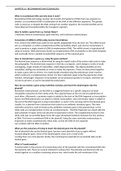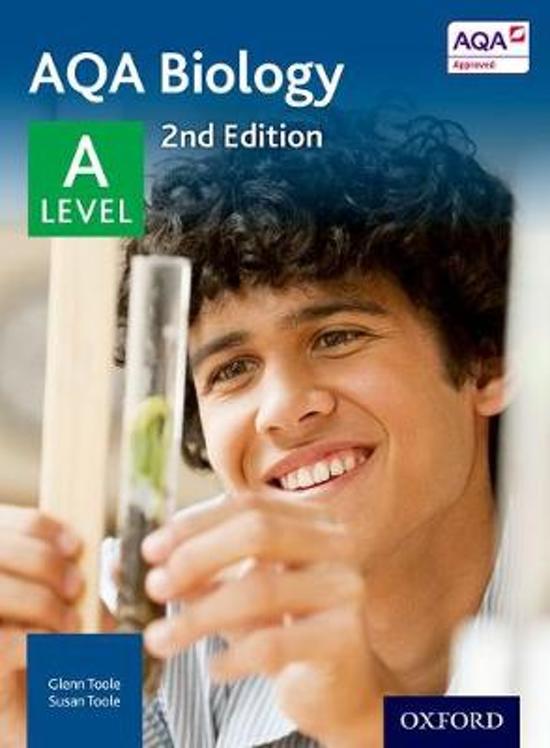8.
MARKER GENES: How do you identify which bacterial cells have taken up the plasmid which contains the desired gene?
Respuesta: The bacteria that have taken up the desired gene will no longer be resistant to the antibiotic that is coded for by the plasmid loop, as it has been broken. Often the plasmid used has 2 antibiotic resistance genes, one that is always present in the plasmid, and the other that gets disrupted if it takes up the desired gene. Hence, the bacteria that take up any sort of plasmid will always be resistant to the first antibiotic, and the bacteria that don’t take up any plasmids or just a loop of the desired gene are killed when using this antibiotic. Afterwards, the bacteria that take up the plasmid that have the desired gene incorporated in them, they are not resistant to the second antibiotic. Using replica plating, the bacteria that are only resistant to the first gene can be identified, and they are the bacteria containing plasmids which contain the desired gene. Alternatively, the desired gene could also be attached to an identification gene, such as a fluorescent marker, so the bacteria that take up the desired gene fluoresce under a microscope making it easier to distinguish. Or the desired gene could be attached to the gene which produces lactase. Lactase turns a particular colourless substrate blue, so the bacteria which take up the desired gene are able to change the substrates colour.





